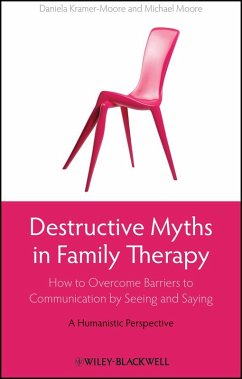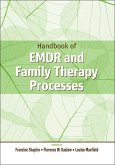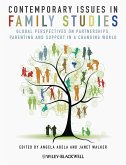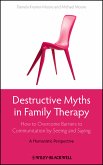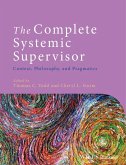Exposes destructive patterns of communication within family cultures and provides strategies for promoting more open dialogue among family members. * Equips family therapists to help clients see the barriers they place in the way of healthy communication, and adopt more constructive alternatives * Provides activities designed to spark open dialogue between therapist and clients, strengthening the therapeutic relationship and facilitating family interaction * Includes communication strategies for reversing disengagement, defusing power struggles, overcoming sibling rivalry, disentangling marital problems and more * Offers a new understanding of family dynamics, an area in which many family therapists want to improve their skills but have struggled to find a text to guide them in doing so
Dieser Download kann aus rechtlichen Gründen nur mit Rechnungsadresse in A, B, BG, CY, CZ, D, DK, EW, E, FIN, F, GR, HR, H, IRL, I, LT, L, LR, M, NL, PL, P, R, S, SLO, SK ausgeliefert werden.

